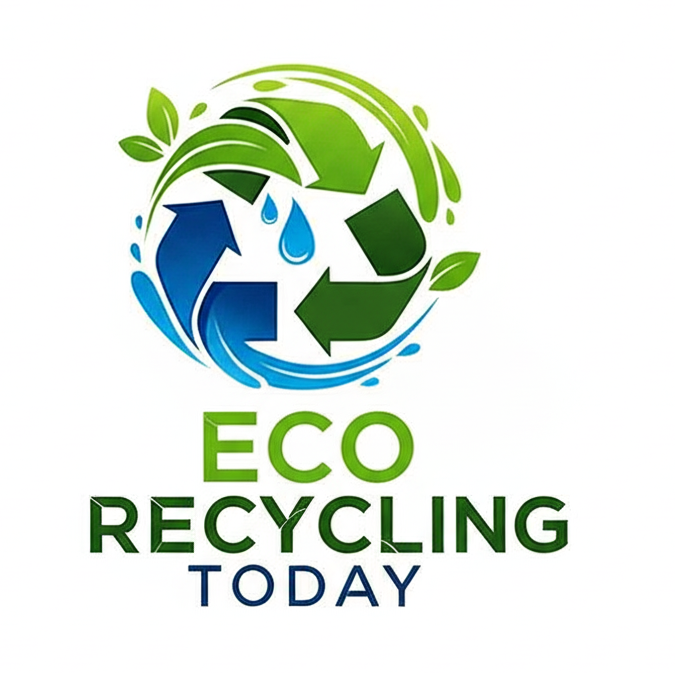Metal recycling is a critical pillar of Europe’s circular economy. As EU regulations continue to tighten, recycling plants must not only improve efficiency and output quality, but also guarantee operator safety and environmental compliance. Choosing CE-certified metal shredding machines is now the standard for European recycling facilities that want to remain competitive, compliant, and profitable.
CE Certification Matters in the EU Recycling Industry
A metal shredder with a CE mark complies with European directives covering:
- Machinery Directive (2006/42/EC) – mechanical safety & risk reduction
- EMC & Low-Voltage Directives – electrical protection & interference control
- Noise & Environmental Standards – workplace health & emissions
- Operator Safety Requirements – emergency stops, covers, guards, interlocks
For plant owners, CE-certified shredders help ensure:
| Benefit | Impact |
|---|---|
| Legal compliance | No regulatory or inspection risks |
| Safer operation | Fewer injuries and shutdown incidents |
| Easier insurance & audits | Lower operational liability |
| Cross-border trade capability | Free circulation across the EU market |
In short: If you operate in Europe, CE-certified machines are not optional — they are the foundation of safe and legal recycling operations.
How Metal Shredders Improve Recycling Efficiency
Modern CE-certified shredding machines allow plants to:
- Reduce bulky scrap into uniform fractions
- Increase downstream sorting efficiency (magnet, eddy current, sensor sorting)
- Maximize metal recovery rates
- Improve smelting or foundry output quality
- Reduce manual handling and labor cost
They are widely used for:
- End-of-Life Vehicles (ELV)
- Aluminum profiles and UBC cans
- White-goods & mixed scrap
- Steel off-cuts and demolition scrap
- Copper, cables, radiators, and e-waste metals
Key Features to Look for in a CE-Certified Metal Shredder
When evaluating shredders for your plant, focus on:
| Feature | Why It Matters |
|---|---|
| Dual- or Quad-shaft design | Powerful torque for bulky or mixed scrap |
| Variable Frequency Drive (VFD) | Lower energy consumption, smoother control |
| Wear-resistant rotors & blades | Longer life and less downtime |
| Auto-reverse & overload protection | Prevent shaft damage and jams |
| Dust & noise control | Ensures EU workplace compliance |
| Integration support | Works with screens, conveyors & separators |
Best Machine Types for European Recycling Plants
| Shredder Type | Ideal For | Advantages |
|---|---|---|
| Dual-Shaft Shear Shredder | Car bodies, steel scrap | High torque & reliability |
| Hammer Mill Shredder | High-volume ELV & mixed metals | Fine output & high liberation |
| Single-Shaft Shredder | Aluminum, copper, cables | Stable particle size |
How to Choose the Right Shredder (Step-by-Step)
- Define Input Material & Contamination Level
- Set Target Output Size & Purity Requirements
- Match Throughput Capacity (t/h) to Plant Needs
- Ask for CE Certificate + Technical File Verification
- Check Blade Material, Motor Power, & VFD Specs
- Plan Integration: Conveyor → Shredder → Separation Line
- Review After-Sales Support & Spare-Parts Availability
For European recycling plants, CE-certified metal shredding machines are the safest and most efficient choice. They deliver reliability, legal compliance, higher metal recovery rates, and seamless integration with downstream EU-standard sorting systems. As scrap values rise and environmental rules tighten, investing in CE-compliant equipment is one of the smartest decisions for long-term growth.
FAQ
Q1: Can non-CE shredders be used in Europe?
Not legally in most industrial environments. Even if imported, the plant owner assumes all safety liability.
Q2: Which shredder is best for ELV recycling?
Dual-shaft or hammer mill shredders are preferred for high-volume ferrous scrap.
Q3: Does CE certification increase equipment cost?
The machine may cost slightly more, but reduced legal risk, insurance issues, and downtime deliver higher lifetime ROI.
